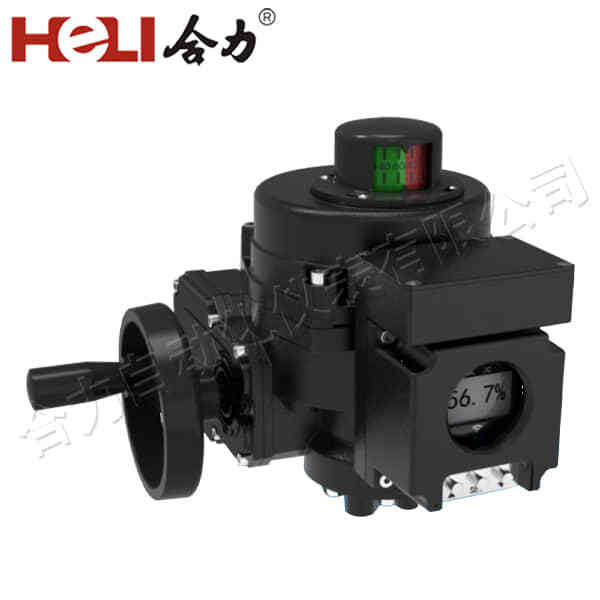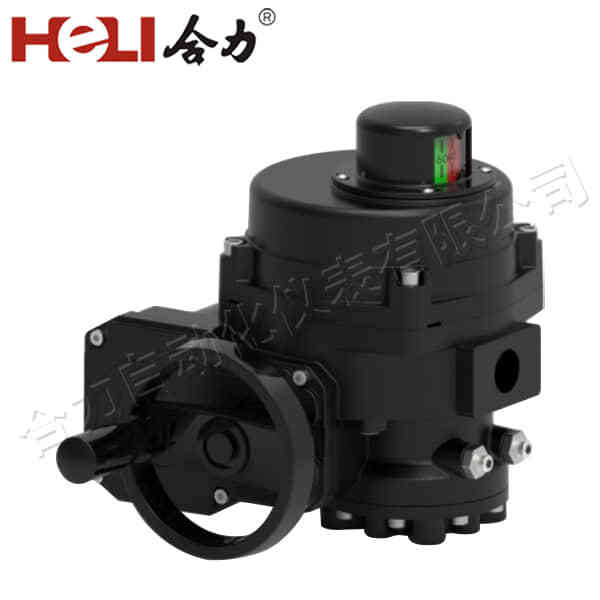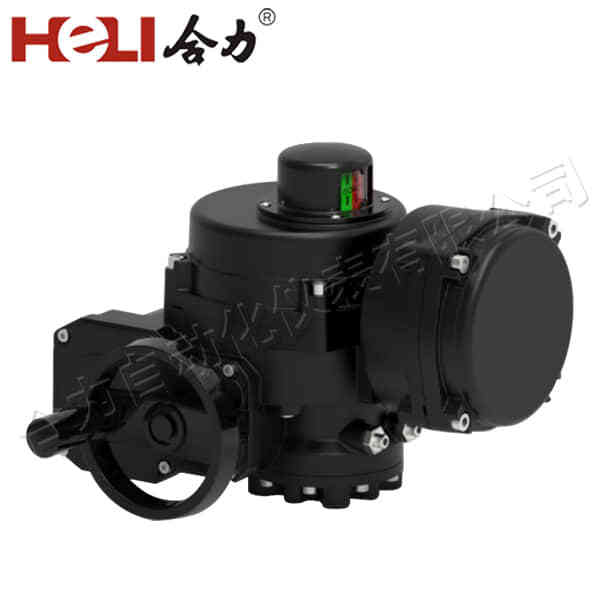Electric actuator valves are an essential component in modern industrial automation systems, providing precise control over the flow of various fluids within pipelines. These valves, which combine electric actuators and valve bodies, are used in a wide range of applications from chemical processing plants to HVAC systems, offering benefits like efficiency, accuracy, and automation. This article explores the fundamentals, applications, advantages, and challenges of electric actuator valves.

What Are Electric Actuator Valves?

Electric actuator valves consist of two main components: the valve itself and the electric actuator. The valve is the physical device that controls the flow of fluid (liquids or gases) through a pipe, while the actuator is an electrically powered mechanism that operates the valve. The actuator uses an electric motor to move the valve into the desired position, which can be either fully open, fully closed, or anywhere in between, depending on the control signal it receives. Unlike manual valves, which require human intervention for adjustment, electric actuator valves can be controlled remotely or automatically, offering a more efficient and consistent means of regulation. The actuator typically receives a control signal from a centralized control system, like a PLC (Programmable Logic Controller), allowing for automated operation and real-time monitoring.
